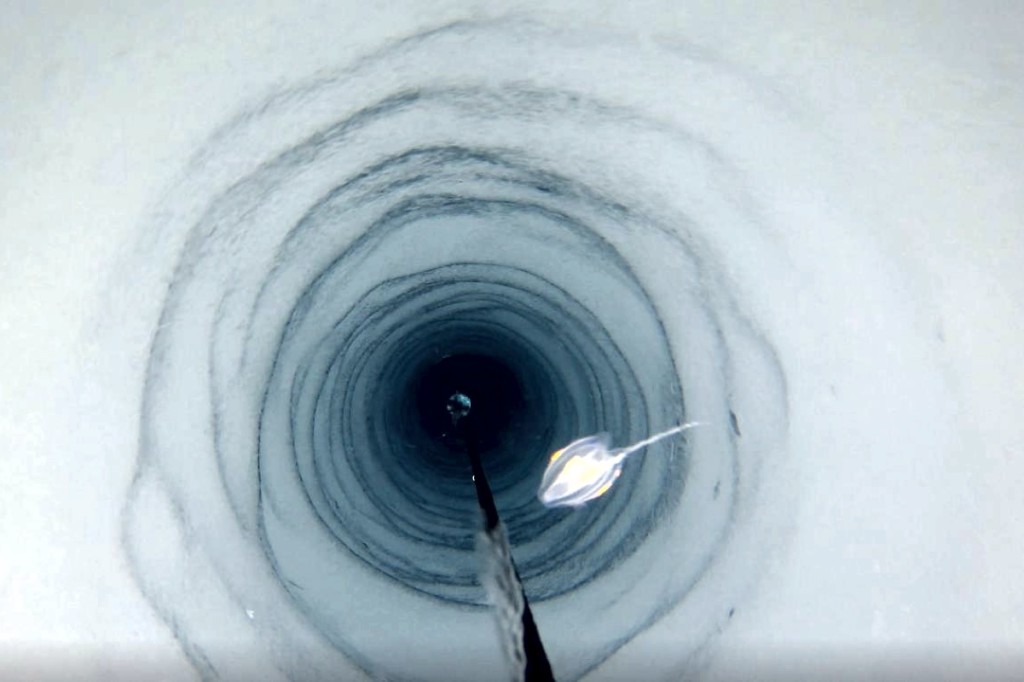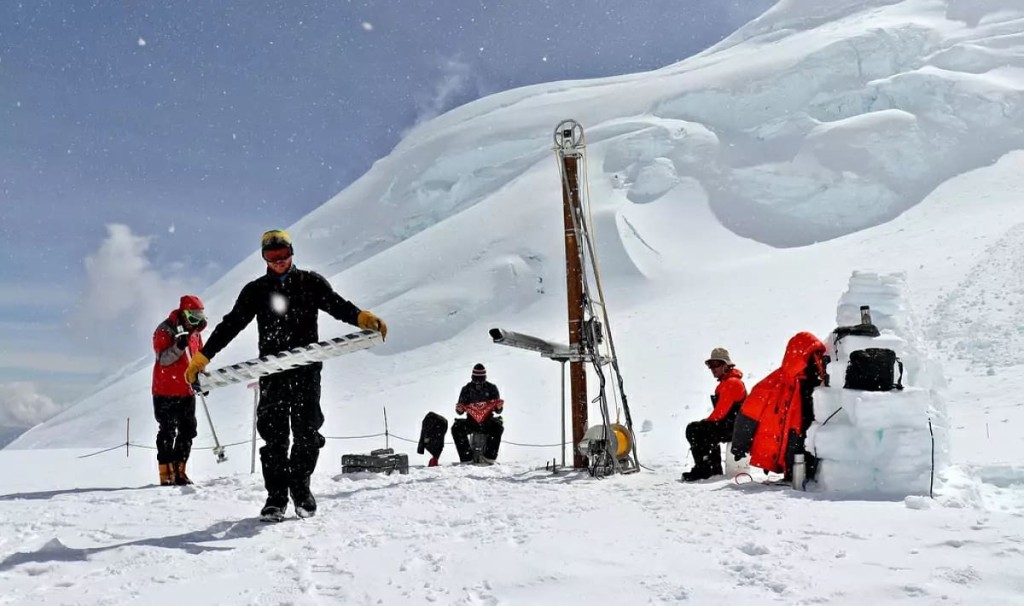January 14, 2022
«Treasure of Life»: what the Antarctic ice sheet hides
Cold, darkness and tons of ice overhead is not the friendliest habitat, is it? Nevertheless, even in these conditions there is life. British and German scientists have managed to find traces of creatures that lived in Antarctica 5800 years ago.
Antarctica is the most mysterious and little-studied continent on earth. The main reason is the harsh climatic conditions, which greatly complicate not only the research itself, but also the presence of creatures not accustomed to the cold there.
On July 21, 1983, the lowest temperature in the history of meteorological observations was recorded at the Soviet Vostok station in East Antarctica: -89.2 °C. The cold pole of the Earth is located in this area. The average annual temperature on the mainland does not exceed 0 °C, so it never rains here, only snow. Also in Antarctica are the points of the lowest relative humidity, the strongest and longest wind and the strongest radiation.
Antarctica was once an ordinary green continent, but about 34 million years ago there was a sharp climate change that led to cooling and its complete glaciation. Now the ice sheet of the mainland is the largest on the planet. Its area is 10 times larger than the nearest Greenland Shield in size. It contains 90% of all land ice - about 27 million km3. This is 80% of all fresh water on the planet. Due to the severity of the ice cover, the continent sank by 0.5 km! If the Antarctic ice sheet completely melts, the level of the world ocean will rise by 60 m.
And even in these, frankly speaking, not the most favorable conditions, living beings live. Plants (mainly mosses and lichens), animals and birds live in coastal areas: seals, sea elephants and leopards, petrels, sea gulls, polar terns and, of course, penguins.
Inland, life is much poorer and hidden under the ice. In the so-called "dry valleys" there are fresh lakes covered with a thick ice crust. They have their own oligotrophic systems inhabited by creatures that are used to being content with a minimum of nutrients: blue-green algae, roundworms, copepods (cyclops) and daphnia.
By studying the composition of the Antarctic ice sheet, glaciologists receive the most interesting data on the changes in the planet's climate. Their source is air bubbles frozen in ice, the thickness and composition of annual layers, as well as marking horizons that carry information about global events (for example, volcanic eruptions). When drilling ice, it is possible to make unexpected discoveries.

In 2021, a group of British and German scientists from the Alfred Wegener Institute for Polar and Marine Research, having drilled wells in the ice shelf, discovered a section of the seabed filled with life. 77 representatives of flora and fauna were found in the collected samples. Among them were saber-shaped mosses and serpulid worms. After conducting a carbon analysis of some of the remains, scientists came to the conclusion that this ecosystem has existed for more than 5,000 years!
"The discovery of so much life in such extreme conditions is a complete surprise and reminds us how unique and special Antarctic marine life is," says lead author of the study and marine biologist of the British Antarctic Survey David Barnes.
Also in early 2021, another group of scientists from the UK, having drilled the shelf ice on the Filchner Glacier, discovered a colony of previously unknown sponge-like creatures under it. Lowered to a depth of 900 m . instead of a lifeless muddy bottom, the camera suddenly showed boulders with motionless animals of unknown species attached to them. This is the first case of detection of living creatures leading an attached lifestyle in Antarctica. Previously, it was believed that under floating glaciers, in complete darkness and at a temperature of - 2.2 °C, only small mobile scavengers and predators such as fish, worms, jellyfish or krill can exist.
Hugh Griffiths, lead author of the study, believes that this discovery gives more questions than answers, for example, "how did these animals get there, how long have they been there, what do they eat, how common are these boulders covered with life, and what will happen to these communities if the ice shelf collapses." Scientists believe that these organisms can feed on substances coming from the melting of the glacier, or compounds seeping from the seabed methane jets.
The authors note the need to study the amazing subglacial ecosystem as soon as possible, because the climate crisis can provoke the collapse of the ice shelf at any moment.

Read more
July 31, 2024
April 12, 2024
April 5, 2024